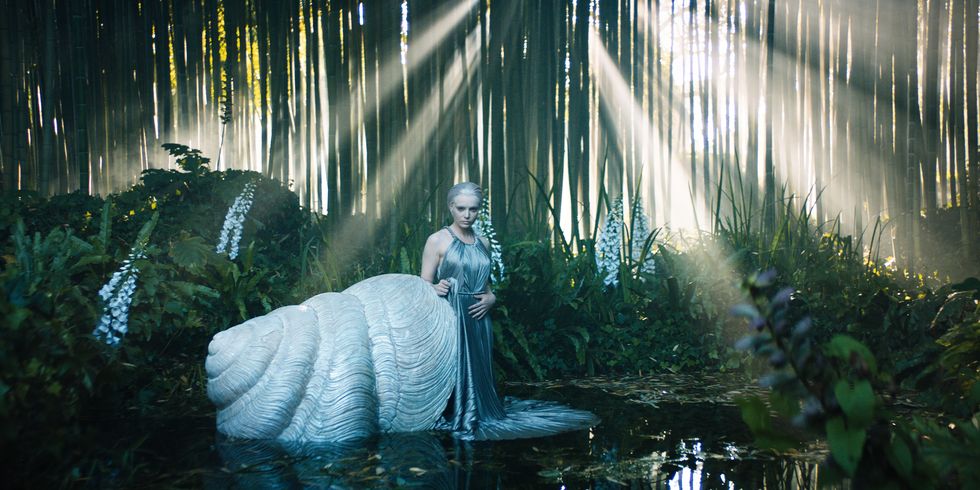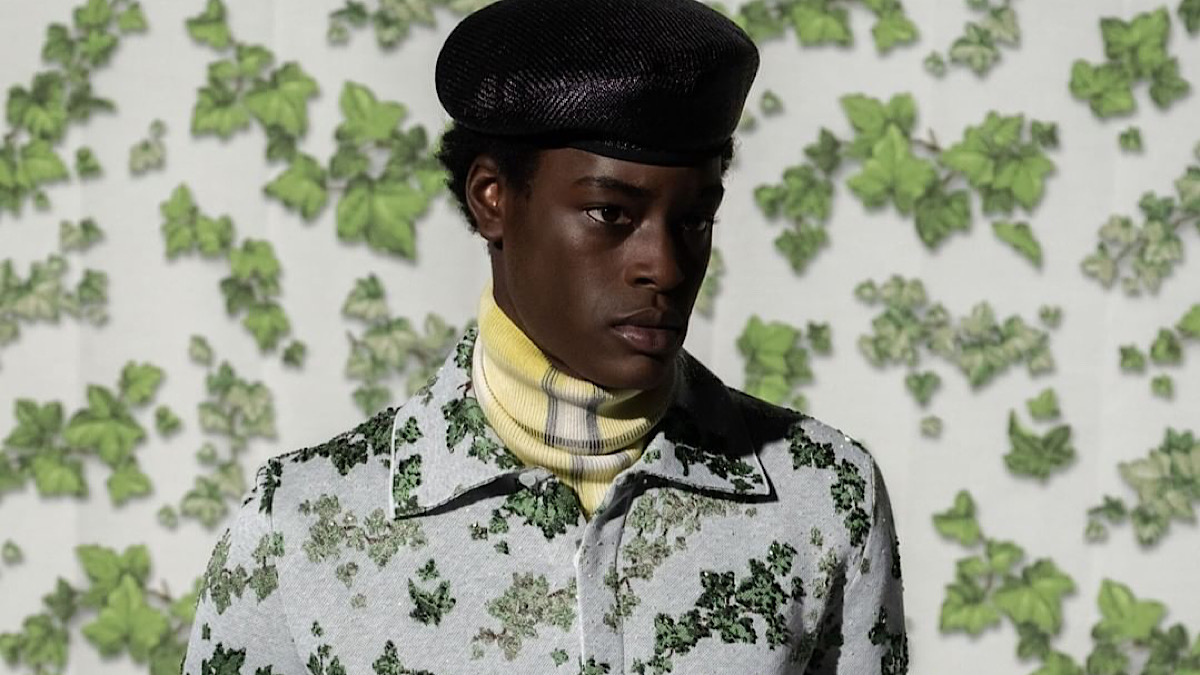Fashion Director Gro Curtis Reviews Digital Evolution of Fashion Week
The mogul deconstructs the past, present, and future of fashion presentations.

I still clearly remember attending my first major fashion show in Paris. It was in January 2007 when John Galliano presented his haute couture collection for the upcoming spring-summer for Christian Dior. It is now an iconic collection inspired by the fate of Madame Butterfly. I was barely 19-years-old at the time and had almost no experience in the fashion world. I recall the electric pink “new look“ style suit in origami technique that only great Galliano could have designed. I remember the entire soundtrack of the show as well as the smell of confetti that exploded when John dramatically appeared in Captain Pinkerton’s costume at the end of the show.
If you can imagine fashion through the prism of religion, then this was my baptism. It was this collection that stubbornly made me fall in love with a world I had little understanding of as a political science student at the time without any prior fashion education. Moreover, until the age of 18, I thought Vogue was a magazine for weddings. That was the level of my fashion cluelessness. In the manner of some charismatic preacher, Galliano converted me with his performance. Already in July of the same year, thanks to a good friend who worked on John’s public relations team, I witnessed the celebration of 60 years of the House of Dior in Versailles, where I saw for the first time in my life what it means when Linda, Gisele, Amber and Naomi rule the runway. It was another remarkable masterpiece directed by Galliano.

After moving to New York and my first editorial position since 2011, I regularly attended fashion shows. Right now there are hundreds of moments in my mind that I could talk about for hours, but how not to mention one of the most influential collections of the last decade, Rei Kawakubo’s collection for Comme des Garcons from March 2012 called “Two Dimensions”? After the show ended, the entire fashion community rewarded the ingenious Kawakubo with almost ten minutes of applause. That same year but in February in Milan I was in the audience that saw off Raf Simons from Jil Sander. Again with thundering applause not only did Simons cry but also some of the editors I thought had a heart of granite. I was at Hedi Slimane’s first show for Saint Laurent in October 2012 as well as at the last one in March 2016. And again I remember every moment. In the last couple of seasons I was privileged enough to witness the haute couture collections of Pierpaolo Piccoli for Valentino that bring to tears not only the legendary Mr. Valentino but also stars in the front row like Celine Dion. What is the point of these litanies of mine and the spirits of the past that have haunted me in recent weeks?
Since COVID-19 crashed into the world, everything we once took for granted has become significantly more valuable. The need to digitize fashion shows as a process indispensable for the survival of fashion has been passively debated for years. Therefore, all of us in fashion were carefully looking forward to digital fashion weeks in London, Paris and Milan, through which the designers presented their fashion visions for both fall haute couture season and the spring of next year for men’s fashion. At the end of the whole story, what we all already knew was confirmed, but we could now say with certainty: shows over the screen don’t work. Even though fashion is not art, fashion shows are a specific type of performance by which designers sometimes subtly, and sometimes not, manipulate all our senses. When the late Lee McQueen hosted a fashion show in October 2007 dedicated to his tragically deceased mentor and muse Isabella Blow, the space around the runway was sprayed with the strong scent of Robert Piguet’s Fracas perfume in which Blow reportedly used to bathe. Raf Simons filled the walls of each room with flowers for his first Dior outing, the haute couture show in July 2012. On that hot July day, the divine scents of flowers intertwined with his clothes and seduced us endlessly. Fashion shows can be holistic experiences. Something like going to church when you need strength to deal with all the dramas and problems of your job. They fill you with energy like some invisible charger that inspires you to create new fashion dreams on the pages of the magazine. They are almost existential in that segment for all of us who work on the set and who have to present new ideas to our editors each season. I will go so far as to declare that fashion shows are for me a spiritual renewal without which I cannot create. I need those sounds, smells, the drama of arriving late to the show that will almost start, and the adrenaline countdown when the lights finally go out and the first model needs to come out on the runway. There is still no technology so powerful that it can evoke concrete human emotions to that extent.

Of course, in recent years we have witnessed a series of fashion shows that should not even take place because the collections look more like a store pull than new ideas. This is where radical cuts are needed because the hyperinflation of shows has polluted the fashion space. Another extremely important aspect when it comes to fashion shows is the fashion community itself. I miss my colleagues from various magazines I haven’t seen since the first week of March. I miss going to dinners where we comment on what we saw and gossip about what we heard. These seasonal gatherings of ours are rituals that make us love what we do. Without that human touch, fashion itself becomes abstract and frigid. Should the fashion world change? Absolutely. Have fashion week calendars been in complete chaos with regard to deliveries for a decade now? Yes!
Changes are urgently needed for global fashion weeks. In this long isolation, we have all reflected together on a whole range of issues that haunt our community and there is still a whole series of question marks above our heads. But coming out of this period of darkness, at least one thing is quite clear to all of us: don’t touch the shows.
Discover More
